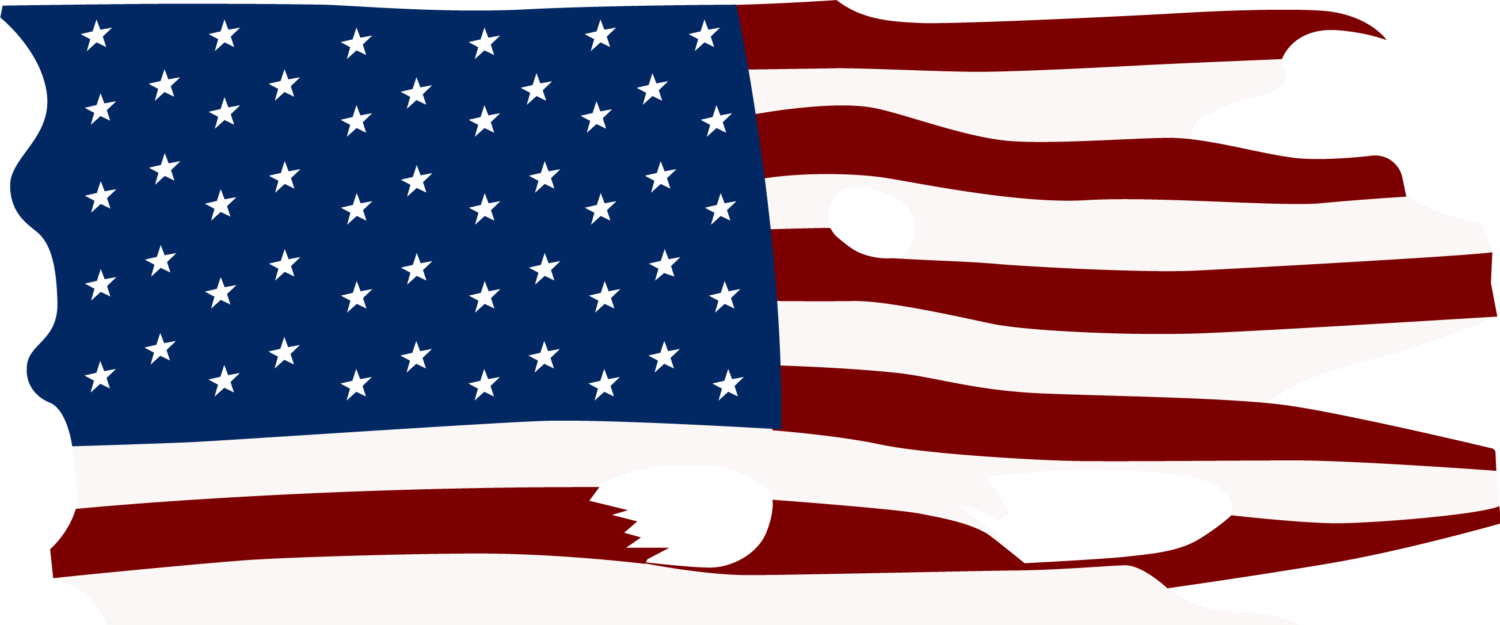 “Neckwear dates back 30,000 years when primitive peoples adorned their chests with beads and bangles, according to The Encyclopedia.
“Neckwear dates back 30,000 years when primitive peoples adorned their chests with beads and bangles, according to The Encyclopedia.
Throughout the ages, people continued to wear wood, metal, pearls, feathers, glass, or cloth around their necks.
Perhaps the superstition widely believed in the Middle Ages that bodily ills entered one through the throat had something to do with the continued popularity of a protective neckcloth, or perhaps soldiers felt more secure in having their neck covered in battle.
The first neckties, known as cravats, were worn by soldiers in the seventeenth century.
According to legend, Croatian mercenaries, after having fought over Turkey, visited Louis XIV in Paris to celebrate their victory. The Sun King was so impressed by the colored silk scarfs the soldiers wore around their necks that he adopted the fashion himself.
The mercenaries, called the Royal Cravattes (from the Croatian word kravate), lent their name to what became a popular fashion accessory. The style quickly spread to England after exiled Charles II returned from France, bringing with him his interest in cravats, and they have continued to be a part of men’s neckwear since then.
The stock tie, which appeared to be a welltied knot in the front but was actually fastened at the back of the neck, was an alternative to the cravat for almost two hundred years, only to be forgotten by the early 1900s.
The modern necktie became the norm in the twentieth century. Ninety-five million ties are sold in the United States annually, generating more than $1.4 billion in retail sales, according to MR Magazine and the Neckwear Association of America’s 1992 Handbook.”
Source: Encyclopedia
